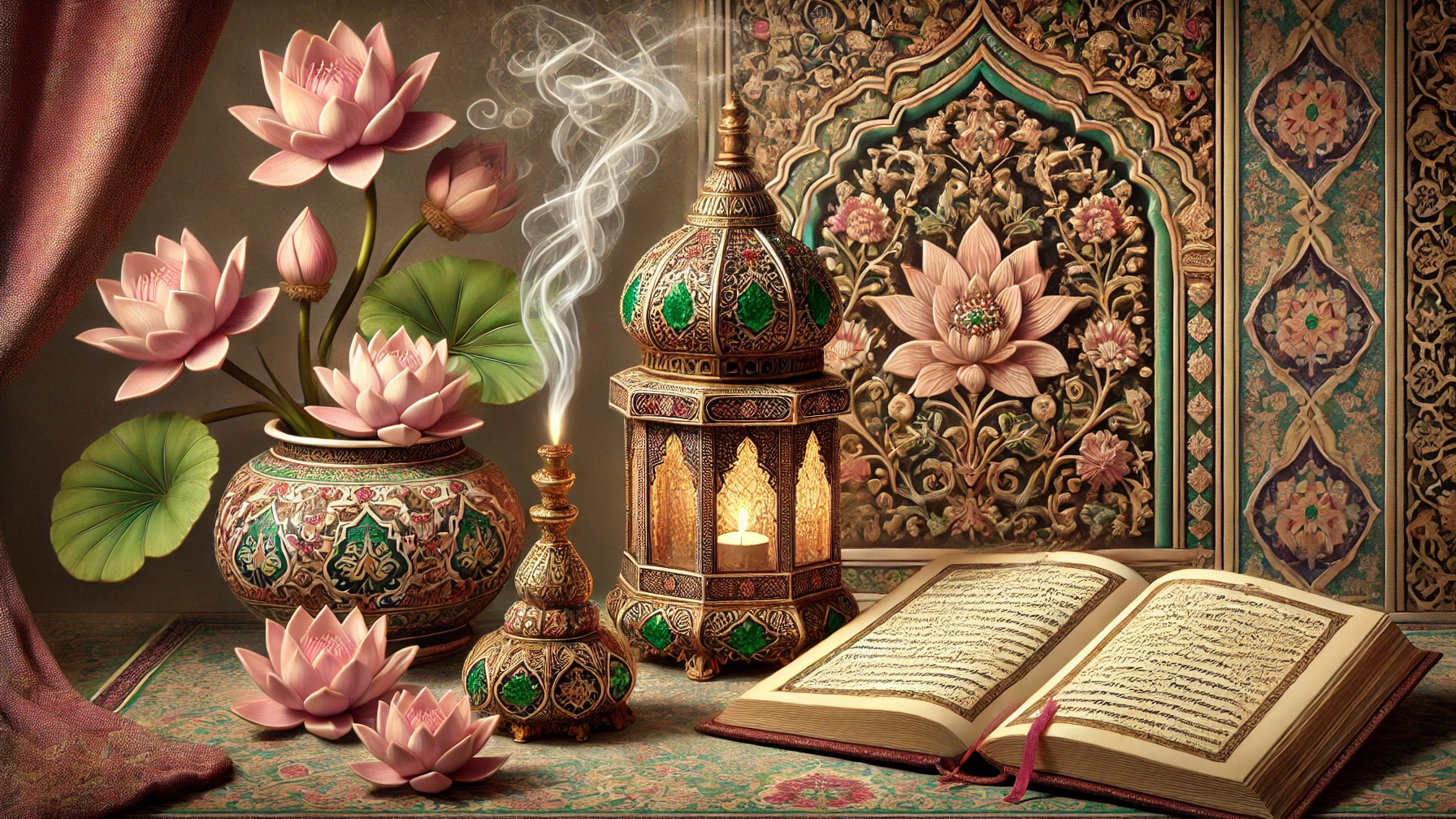GURU - गुरु
The Educator


The Peacock
Gurus are represented by the peacock because like a peacock, they are very wise, adaptable, and sacred. Did you know that the peacock was declared as India's National Bird in 1963? This is because the peacock is considered sacred by Hindus. In his Vrindavan pastimes, peacocks danced to Krishna's flute, embodying devotion and the enchantment of his divine presence.
Wise
The peacock is known for its beautiful feathers, which in Hinduism, are considered to be a symbol of purity, grace, knowledge, and wisdom. Some see the peacock's feathers as a metaphor for the guru's wisdom and teachings, which can help to dispel ignorance and bring light into the lives of their students.
Adaptable
Peacocks learn from experience and can modify their behavior in response to changing environmental conditions. Their adaptability enables them to thrive in a variety of habitats, tolerating a range of temperatures, from hot and dry to cool and wet.
Sacred
Peacocks vibrant feathers are marked with bright, iridescent hues of blue, green, and gold, and their unique structure allows them to reflect light in a dazzling way. Hindus consider peacocks to be sacred, and the spots on its tail symbolize the eyes of God. Shri Krsna decorates his headgear with a peacock feather because of its sacredness.
Sanskrit Meaning
-
The Sanskrit word “guru” is derived from two root words: "gu" which means darkness or ignorance, and "ru" which means remover or dispeller.
-
Therefore, the literal Sanskrit definition of guru is "dispeller of darkness" or "remover of ignorance".
-
In the Indian tradition, a guru is a spiritual teacher or guide who helps to lead their disciples or students on a path towards self-fulfillment.


Guru’s Superpowers
In Hinduism it is understood that guru has the mastery over his or her own ego and desires. While the Guru personality types may not have mastery over their ego and desires like a traditional Indian guru, they do represent some important qualities of a peacock such as wisdom, and the ability to bring light and happiness into the world.
Guru types are expert teachers and they have the quality of being very adaptable with their teaching style. They often can customize their teaching approach in order to meet the student exactly where they are at and then gradually uplift them.
Gurus in Different States of Mind
The Guru type belongs to the category of Uplifters, who are typically in a sattvic (peaceful) state of mind. However, the human mind naturally shifts between the three gunas: sattva, rajas, and tamas. See how The Guru's mind manifests in each of these states.
Sattva
Peaceful. Clear.
They make people feel uplifted and happy after associating with them. They reflect light onto others heavy thinking. They have an affinity for studying and teaching about spiritual topics. They feel content in life. They categorize information and present it in a clear, precise manner. They attract students because of their very patient, relaxed and likeable personality.
Rajas
Passionate. Active.
They are very creative teachers. They have a lot of passion for the subject matter, and get excited about it.
Tamas
Passive. Confused.
They are hypocritical can tend towards lecturing others on things that they themselves have not mastered. They are know-it-alls that like to flaunt their credentials.
Want to learn more about Ayurvedic Personality Types?
Discover the transformative wisdom of Ayurvedic Personality Types as Babaji unveils and explores 13 distinct archetypes—unlock the secrets to understanding yourself and others like never before!
View Course
You are in The Uplifters Svabhāva Group
The Uplifters, driven by love, naturally uplift people. They derive pleasure by giving - be it knowledge, attention to studies, healing, compassion, peace, or purity of heart. They tend to be introverts.
Learn More

